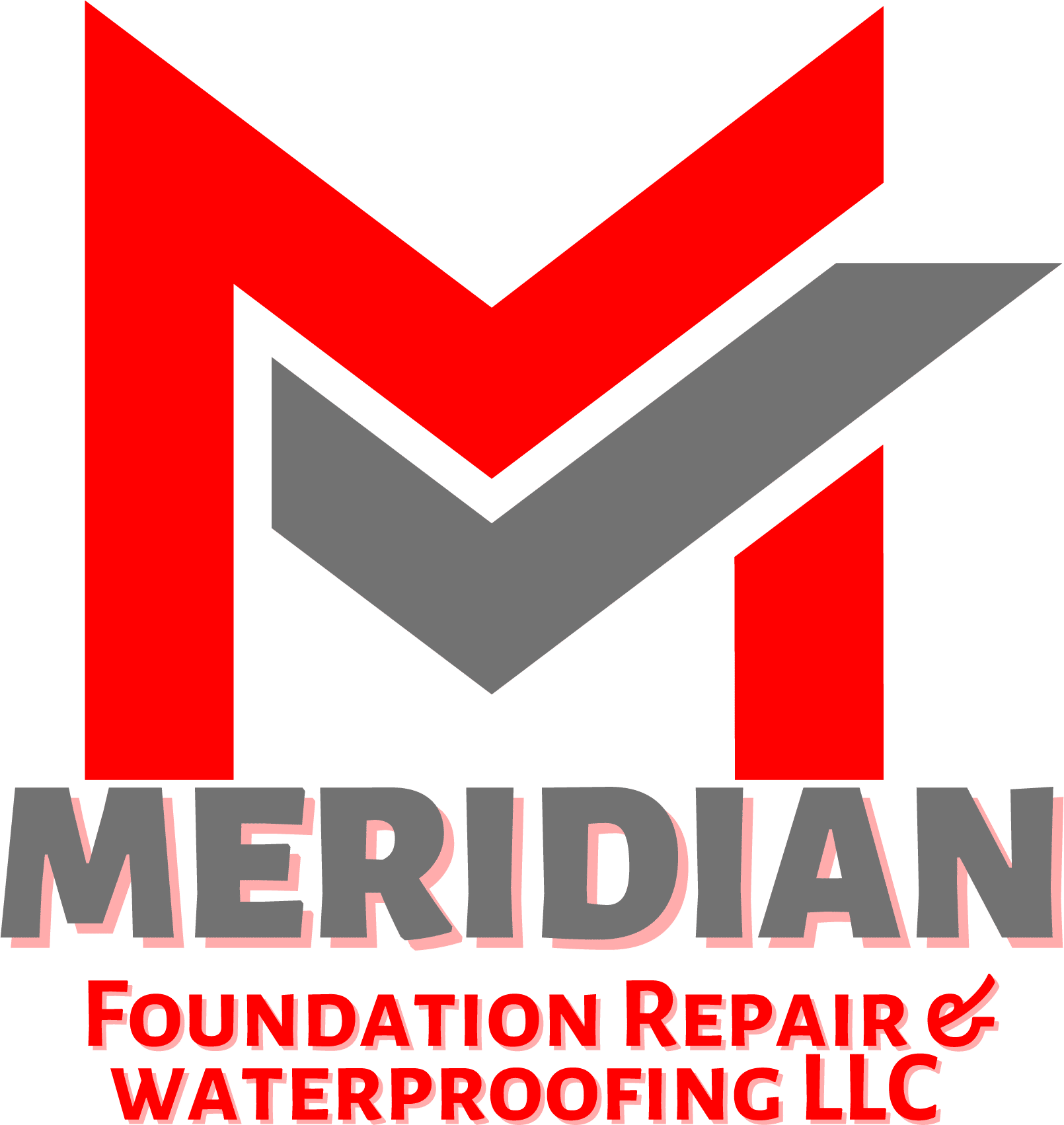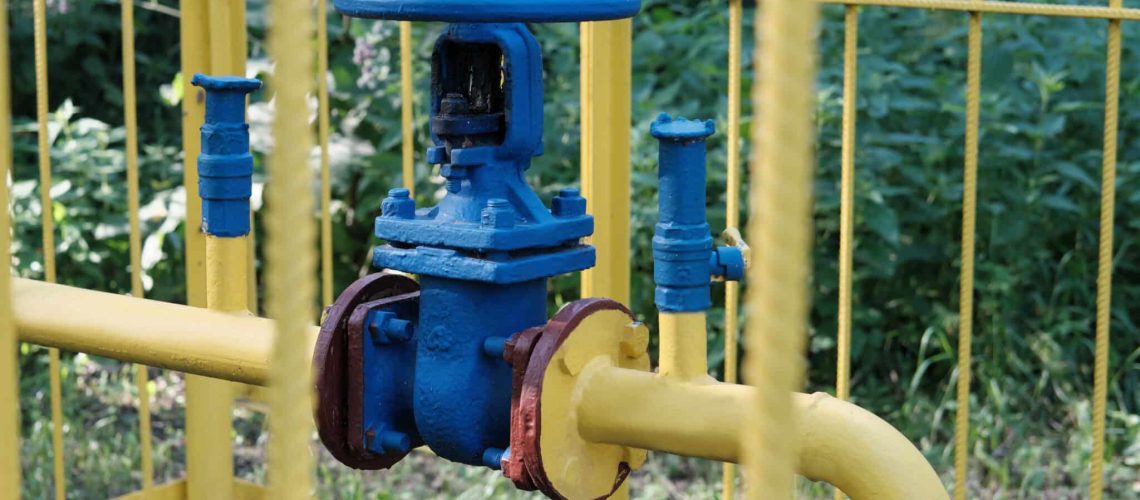In the realm of home maintenance, sump pumps play a vital role in safeguarding against various dangers such as basement flooding, water seepage, and structural decay. Acting as a crucial link between the stability of the foundation and potential water-related disasters, sump pumps require careful maintenance, adherence to safety protocols, and ongoing improvements. This extensive discussion will explore advanced safety precautions, cutting-edge technologies, and proactive approaches aimed at strengthening sump pump systems against ever-changing threats, guaranteeing unparalleled protection and durability.
Comprehensive Maintenance And System Optimization
Transitioning beyond rudimentary maintenance practices, homeowners must adopt an integrated approach, synergizing mechanical expertise and technological advancements:
- Component Lubrication: Embrace specialized lubricants tailored for specific components to mitigate friction-induced wear, enhance operational fluidity, and prolong component lifespan.
- Electrical System Diagnostics: Conduct comprehensive electrical system evaluations, encompassing wire integrity assessments, switch functionality tests, and voltage output analyses, ensuring optimal performance and mitigating fire hazards.
- Motor Performance Analytics: Leverage advanced diagnostic tools to monitor motor performance metrics, including torque output, rotational speed, and thermal dynamics, facilitating preemptive interventions, and optimizing energy efficiency.
Advanced Battery Backup Solutions
In an era characterized by volatile weather patterns and escalating power grid vulnerabilities, sophisticated battery backup solutions emerge as imperative investments:
- Intelligent Battery Management Systems: Integrate intelligent battery management systems equipped with predictive analytics, facilitating proactive maintenance, optimal charging algorithms, and seamless transition protocols during power outages.
- Renewable Energy Integration: Explore hybrid backup configurations that amalgamate solar or wind energy sources, augmenting system resilience, reducing operational costs, and fostering sustainable home management practices.
Discharge System Enhancement Strategies
Elevate discharge system efficacy through innovative design modifications and strategic enhancements:
- Dynamic Flow Modulation: Implement dynamic flow modulators, such as flow control valves or adjustable discharge nozzles, enabling homeowners to optimize water evacuation rates, mitigate system strain, and adapt to fluctuating water influx scenarios.
- Hydrostatic Pressure Mitigation: Integrate hydrostatic pressure relief mechanisms, such as subterranean drainage networks or perimeter drainage systems, to alleviate soil saturation, groundwater intrusion, and foundational stressors, ensuring comprehensive water management and structural stability.
Revolutionary Check Valve Technologies
Incorporate state-of-the-art check valve technologies to amplify system reliability, operational efficiency, and longevity:
- Smart Valve Systems: Deploy smart valve systems equipped with integrated sensors, actuators, and control mechanisms, facilitating real-time flow regulation, adaptive performance optimization, and predictive maintenance interventions.
- Material Innovations: Prioritize check valves crafted from advanced, corrosion-resistant alloys or composite materials, capable of withstanding aggressive environments, chemical exposures, and prolonged operational stresses, ensuring sustained performance and durability.
Integrated Monitoring, Alerting, And Control Systems
Harness the transformative potential of integrated monitoring, alerting, and control systems to establish a holistic ecosystem of proactive oversight and responsive intervention:
- IoT-Enabled Monitoring Platforms: Embrace Internet of Things (IoT) technologies, deploying sensor networks, cloud-based analytics, and real-time monitoring interfaces to facilitate remote system oversight, predictive maintenance, and adaptive performance optimization.
- Automated Alerting Protocols: Configure sophisticated alerting protocols, incorporating multi-channel notification mechanisms, geospatial positioning systems, and automated response triggers, ensuring timely interventions, rapid problem resolution, and comprehensive risk mitigation.
Data-Driven Analysis, Performance Benchmarking, And Predictive Maintenance
Adopt a data-centric approach, leveraging advanced analytics, performance benchmarking, and predictive maintenance methodologies to optimize system efficiency, longevity, and resilience:
- Big Data Analytics: Harness the power of big data analytics, integrating disparate data sources, historical performance metrics, and real-time sensor inputs to derive actionable insights, forecast system behavior, and optimize operational parameters.
- Predictive Maintenance Algorithms: Implement machine learning algorithms, predictive analytics models, and anomaly detection mechanisms to anticipate component failures, optimize maintenance schedules, and minimize downtime, ensuring uninterrupted performance and sustained system integrity.
Collaborative Expertise, Continuous Learning, And Technological Innovation
Foster a synergistic ecosystem of collaborative expertise, continuous learning, and technological innovation, transcending conventional boundaries, and embracing the frontier of sump pump management excellence:
- Interdisciplinary Collaboration: Facilitate interdisciplinary collaborations, fostering synergies between mechanical engineers, electrical specialists, data scientists, and environmental experts, to cultivate holistic solutions, innovative strategies, and transformative advancements.
- Continuing Education Initiatives: Engage in continuing education initiatives, workshops, symposiums, and industry conferences, fostering a culture of knowledge dissemination, best practice adoption, and professional development, ensuring alignment with industry standards, regulatory requirements, and technological advancements.
Conclusion Improving the safety, effectiveness, and durability of sump pumps goes beyond basic maintenance practices. It requires a comprehensive and interdisciplinary approach that incorporates advanced technologies, strategic improvements, collaborative expertise, ongoing learning, and innovative solutions. By embracing a complete paradigm shift, homeowners can create strong, efficient, and resilient sump pump systems that effectively address evolving challenges. These systems safeguard foundations, prevent moisture infiltration, basement flooding, and structural deterioration, all while promoting a harmonious balance between technological innovation, environmental responsibility, and homeowner peace of mind


